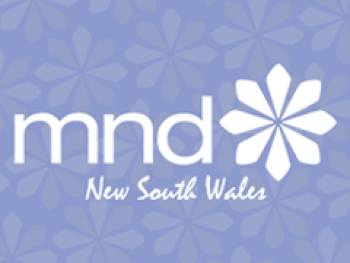What is MND?
In this section you will find fact sheets and commonly asked questions about motor neurone disease (MND), which is also known as amyotrophic lateral sclerosis (ALS) or Lou Gehrig's disease in some countries.

About motor neurone disease
Motor neurone disease (MND) is the name given to a group of diseases in which the nerve cells - neurones - controlling the muscles that enable us to m...

Symptoms of MND
Early symptoms of motor neurone disease are often mild. They may include: Stumbling due to weakness of the leg muscles Difficulty holding object...

How is MND diagnosed?
Diagnosing motor neurone disease can be difficult, and so sometimes a diagnosis may take time as the neurologist would like to observe a person over a...

Types of MND and progression
MND can be classified into four main types depending on the pattern of motor neurone involvement and the part of the body where the symptoms begin.&nb...

Causes of MND
The causes of motor neurone disease are not yet known, but ongoing research throughout the world is looking for causes. There are many theories, inclu...

Life Expectancy: How long can you live with MND?
Life expectancy after receiving a diagnosis of MND, which is also known as Lou Gehrig’s disease and ALS, varies from person-to -person and may be infl...

Is there a cure or treatment for MND?
Treatment options that slow progression of the disease are currently limited and there is no cure. The rate of disease progression varies depending on...

Is MND painful?
MND affects the nerves that carry messages from your brain to your muscles. As these nerves gradually deteriorate, the signals cannot reach the m...

Do people with MND experience cognitive changes?
Over 50% of people with MND will experience cognitive and behavioural changes. Most will experience relatively mild changes. For around 10-15% changes...

Does MND run in a family or have a genetic connection?
About 10% of people diagnosed with MND have a ‘familial’ form of MND. Familial MND is where there is a genetic connection because of a gene mutation....

Find out more
Visit the Information Resources page of our website for more in-depth information about managing MND. Topics include: Riluzole Multidisciplinary care...
“We can't do this alone. But together, we're unstoppable.”